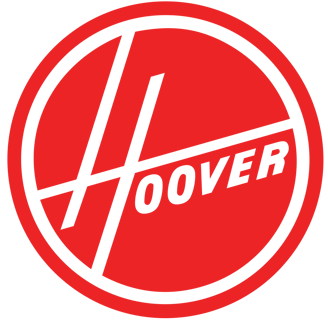Revitalizing Hoover’s Portable Carpet Cleaner:
A Case Study in Innovation, Leadership, and Market Impact
12/18/20244 min read
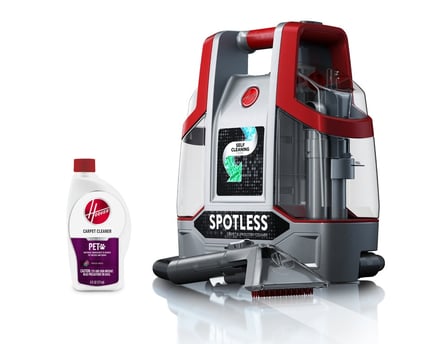

Introduction
Hoover faced a critical challenge in 2015: Bissell dominated the portable carpet cleaner market with 60% share, while Hoover's sole product languished with sub-3-star reviews and dwindling retail presence. As Product Manager, I saw an opportunity to revolutionize the category through innovation. By introducing patented self-cleaning technology and leading an accelerated 8-month development cycle, we captured 25% market share and established a lasting presence in the portable cleaning market.
Objective
The goal was to reinvigorate Hoover’s presence in the portable carpet cleaner category by:
Addressing Persistent Customer Pain Points: Delivering a product that solved issues with equipment maintenance, portability, and usability.
Leveraging Innovation: Introducing features that would differentiate Hoover’s product from Bissell’s dominant offerings.
Securing Retail Listings: Gaining shelf space in major US retailers to support aggressive market penetration.
Process: Comprehensive Leadership from Concept to Launch
As a Senior Product Manager, I directed the development of the Hoover Portable Carpet Cleaner following a disciplined stage-gate process, supported by a wide range of activities and cross-functional collaborations:
1. Customer-Centric Research
Led a two-phase research approach to ensure the product resonated with its target audience:
Qualitative Research: Conducted in-home interviews and observations to understand cleaning habits, pain points, and preferences. This revealed critical needs such as ease of cleaning and hygienic maintenance.
Quantitative Research: Tested the product concept with broader audiences via surveys, validating demand for features like self-cleaning technology and a hygienic silicone brush.
2. Designing for Impact
Collaborated with the industrial design team to ensure the product conveyed effectiveness and portability:
Reviewed sketches and iterative designs to shape the product’s aesthetic and functionality.
Developed full-size 3D models, testing ergonomics and usability.
Partnered with engineering to refine the self-cleaning mechanism and test multiple brush designs.
3. Engineering and Supplier Collaboration
Worked closely with internal and external teams to bring the product to life:
Collaborated with CAD, electronics, packaging, quality, and manufacturing engineers to ensure technical feasibility.
Engaged with suppliers in China, addressing challenges such as communication barriers and quality control. Extensive documentation and my on-site presence during pilot production ensured the product was launch-ready.
4. Branding, Messaging, and Launch Preparation
Aligned with the marketing and design teams to create a compelling product identity:
Contributed to the naming process, emphasizing innovation and usability.
Oversaw the creation of packaging design and images that highlighted key features like the self-cleaning mechanism.
Collaborated with Channel and Digital teams to develop comprehensive marketing strategies, crafting targeted digital messaging and implementing multi-channel advertising and promotion plans that amplified the product's key innovative features and market positioning
Partnered with logistics to plan inventory delivery from China, ensuring timely availability for the launch and subsequent months.

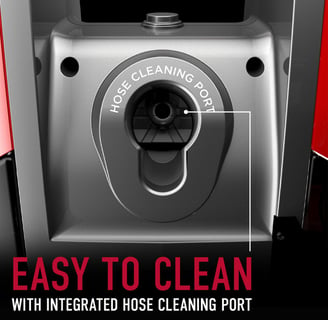
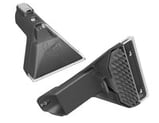

Challenges and Solutions
This journey wasn’t without its hurdles.
Cost-Innovation Balance: Maintained competitive pricing through supplier negotiations and strategic material choices.
Differentiating in a Crowded Market: Focused on standout features like the self-cleaning mechanism, addressing unmet customer needs.
Cross-Cultural Collaboration: Addressed challenges with Chinese suppliers through detailed documentation and on-site visits, ensuring alignment and quality.
Outcomes
Accelerated Development: Launched the product in just 8 months, 25% faster than typical development cycles.
Market Success: Boosted market share from 5% to 25% in the first year, securing listings in major retailers like Target and Walmart, revitalizing Hoover’s presence.
Customer Satisfaction: Raised ratings from under 3 stars to 4.8 at launch, sustaining 4.0+ stars over 8 years.
Long-Term Impact: The product remains a cornerstone of Hoover’s portfolio, demonstrating its lasting relevance and success.
Key Success Factors
Customer-Centric Innovation: Engaging directly with users through in-home interviews and surveys provided critical insights for product design.
Cross-Functional Leadership: Effective collaboration across diverse internal and external teams ensured alignment and timely execution.
Agility and Problem-Solving: Addressing cost, quality, and cultural challenges required adaptive strategies and decisive leadership.
Conclusion
The Hoover Portable Carpet Cleaner project showcases my ability to lead complex product development, drive customer-centric innovation, and achieve lasting market impact. By combining disciplined processes, cross-functional leadership, and hands-on involvement, I delivered a product that met immediate goals and secured long-term success. These same principles—customer-centricity, agile development, and collaboration—translate seamlessly to digital product management, where user insights and iteration drive success....
Target Audience
Through in-depth research, we identified two primary customer segments: pet owners, who struggled to clean up accidents and families with young children, who needed a quick, portable solution for frequent spills and messes.
Both groups valued products that combined deep-cleaning effectiveness with ease of maintenance and storage
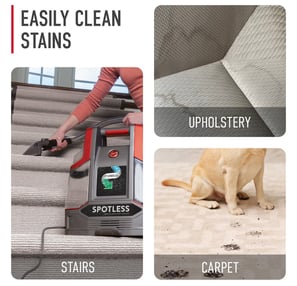

Executive Summary
In a market dominated by Bissell, Hoover's portable carpet cleaner was on the brink of irrelevance. This case study demonstrates how strategic innovation and customer-centric design can transform a struggling product:
Captured 25% market share by introducing a groundbreaking self-cleaning technology
Accelerated product development to just 8 months, 25% faster than typical cycles
Elevated product ratings from under 3 to 4.8 stars at launch
Secured critical retail listings with major retailers like Target and Walmart
Positioned Hoover as an innovative leader in the portable cleaning market
By focusing on deep user insights and cross-functional collaboration, we turned a potential product failure into a cornerstone of Hoover's portfolio—proving that breakthrough innovation can reshape market dynamics.

